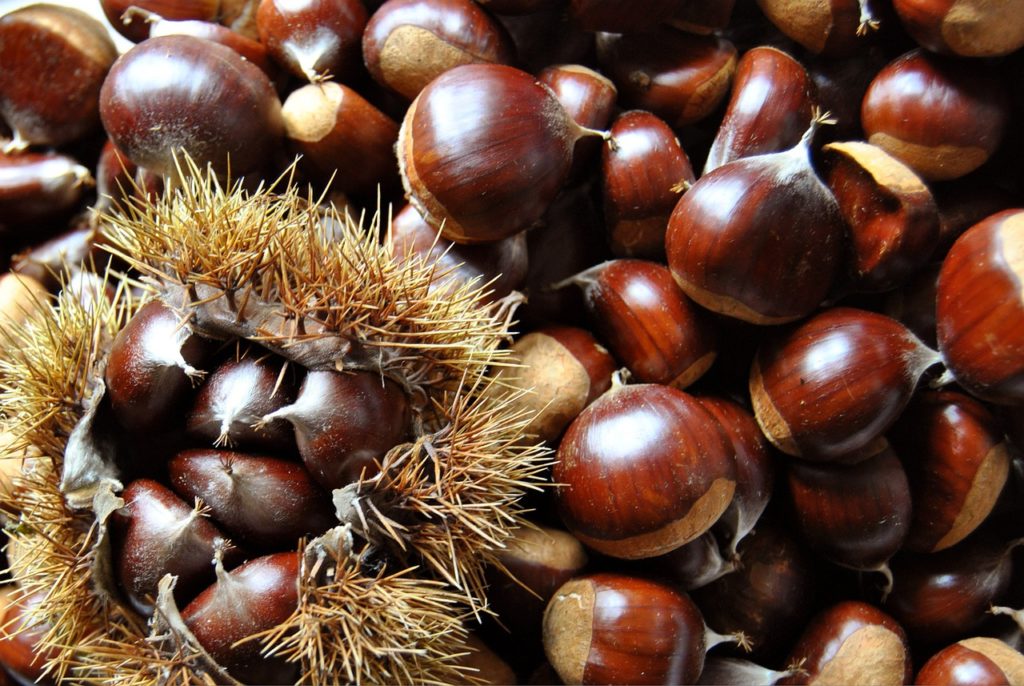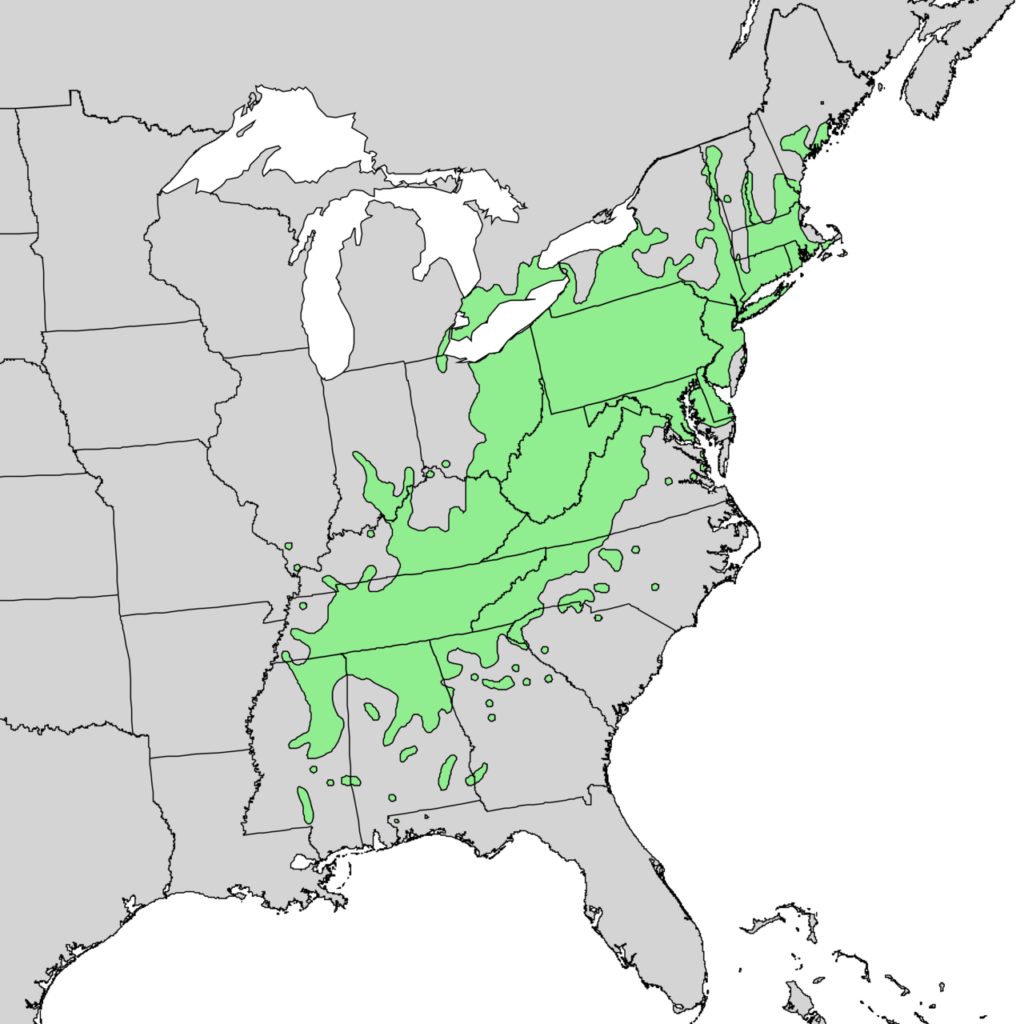
What happened to chestnuts? Everyone is familiar with the line “chestnuts roasting on an open fire…” from the classic Christmas carol. But I’d be willing to bet that most of the people reading this article haven’t even ever had a chestnut in their life. There’s a tragic reason for that.
The good
There was a time when the American Chestnut was known as “the redwood of the east”. It was an enormous, powerful tree, composing as much as 25% of the hardwood forests of its native range.

The positive effects of the American chestnut are hard to overstate–it represented food for people, it was how cows and pigs were fattened before slaughter, and its wood was extraordinarily useful in the building of hundreds of thousands of structures because of its beautiful timber form, its durability and rot resistance, and the quick growth of the tree. The American Chestnut was like manna from heaven, nutritionally similar to corn, but without the labor of tillage and sowing.
what went wrong
In 1904, a blight (fungal pathogen) was introduced to the United States by bringing new breeds of chestnuts from China. What followed was the greatest mass extinction event in known botanical history. In just 36 years, the blight had spread across the entire native range of the American Chestnut and functionally eradicated the tree from the landscape.
There are several projects underway to restore the American Chestnut. Those are all important, and wonderful, but in the meantime, we can still enjoy Chinese Chestnuts and blight resistant Hybrid Chestnuts. That’s what we’ll be planting out in our orchard.
so what?
Why should you care about chestnuts? There’s several reasons, but these two are my favorite: Food, and Animals that become Food.
food
For one, chestnuts are a delicious staple food enjoyed all over the world. Check out this Italian Chef who makes Chestnut Gnocci. There are loads of recipes for Asian dishes of braised chicken or braised pork with chestnuts. You can make a pumpkin pie equivalent with chestnuts. It can join a charcuterie board with honey and herbs, it can be simply roasted, or be used to make exotic desserts. The potential for this crop is enormous, and it is currently completely ignored in the American Grocery store.
animals that become food
Here’s what we do right now: We sow, harvest, ship, process, and feed corn to cows in tiny cramped little boxes that needed to be regularly mucked out because of the toxic buildup of waste product.
What if instead, the cows harvested their own chestnuts right off the ground in their own home and deposited their waste in the forest where it’s directly useful to the trees?
Because of their perennial nature and the dependability of the crop, chestnuts can be a crucial element of silvopasture farming. Silvopasture is the combination of grazing animals with tree crops. Chestnuts (among many other trees) represent a means of raising winter feed that can be consumed on-site. We can in this way reduce the transportation expenses of raising livestock, all while healing our soils and lands and growing (potentially) a valuable lumber crop.
Conclusion
We need to plant chestnuts. I’m doing it now. I’ll plant 100 this year, God willing, and at least 100 next year. Will you join me? Maybe plant some hazelnuts while you’re at it for a complete nutritional profile.
Leave a Reply